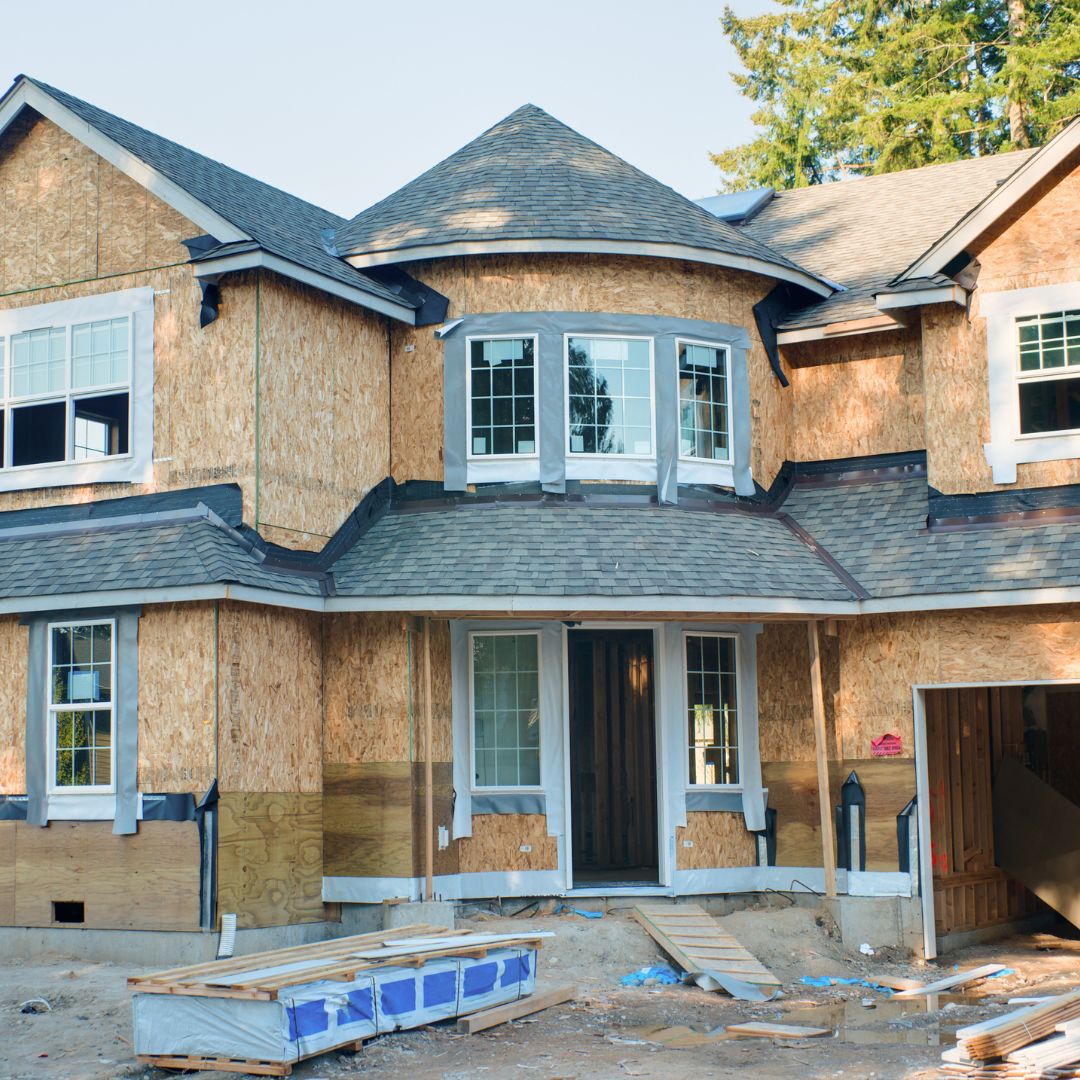When homeowners decide to refresh their exteriors with a renovation, they should make it a priority to establish a budget early on. It encompasses the costs of materials and labor as well as the less obvious expenses that can sneak up on unsuspecting homeowners. Review these essential tips for creating a budget for your home exterior project to help you keep finances in check and ensure you can complete it without compromising on quality.
Determine Your Essentials for Your Project
One of the major dos of home exterior remodeling is to decide the maximum amount of money you want to pay. That’s where creating a budget can help. You can begin by determining the absolute essentials you want to have at the end of this project, which may range from new siding to enhanced landscaping.
Prioritize these “must haves” according to their value to you. This step ensures your budget aligns with your vision and prevents you from overspending on less critical aspects.
Factor in the Costs To Pay Your Contractor
Another tip for creating a budget for your home exterior project is to factor in how much it will cost to pay your contractors. After all, these workers will be responsible for bringing your vision to life.
Be sure to seek multiple quotations to gain insight into the ongoing rates for the services you require. Budgeting accurately for labor means you’re less likely to encounter unexpected shortfalls halfway through the project.
Find Out How Much Waste Removal Will Cost
Every construction or renovation project generates waste, and you should make sure to include its removal in your budget. Waste removal costs can be surprisingly high, especially if you’re dealing with hazardous materials or a significant amount of debris.
Contact local waste removal services to receive estimates and add this expense to your budget. This consideration will help you take financial precautions against unforeseeable cleanup costs.
Don’t Overlook the Need To Pay Unexpected Costs
In any home improvement project, unexpected costs can occur. For example, material prices might fluctuate, or structural issues could occur mid-project.
Allocating a buffer within your budget for these unexpected costs is a smart move. This cushion could make all the difference in completing your project without experiencing any financial distress.
Creating a well-rounded budget for your home exterior project is like laying the groundwork for a sturdy building. It requires attention to detail and an appreciation for the potential impact of unforeseen events. By including these key considerations, homeowners can establish a realistic budget that anticipates a project’s financial demands, ensuring smoother execution from start to finish.

